Honey, the delicious golden nectar produced by our beautiful buzzing bees, has been a cherished elixir throughout human history. However, not all honey is created equal. Today we'll delve into the intriguing world of table honey (honey purely for eating) and medicinal honey, exploring their differences and shedding light on the unique qualities that make each one a distinct culinary and health companion.
Table Honey:
-
Flavour Profile:
- Table honey, the most common type found on supermarket shelves, is primarily valued for its sweet taste. The flavour varies depending on the floral sources the bees visited.
- Varieties such as clover, eucalyptus, and leatherwood honey offer diverse taste experiences, ranging from mild and floral to robust and bold.
-
Versatility:
- Table honey is a versatile kitchen staple, perfect for sweetening beverages, drizzling over breakfast items, or adding a natural touch of sweetness to desserts.
- Its widespread availability and affordable price make it an accessible sweetener for everyday use.
-
Commercial Production:
- When produced on a large scale, many of the table honey that you would find in the supermarkets undergo processing such as pasteurisation and filtration to enhance its shelf life and appearance.
- While these processes may remove some of the natural enzymes and antioxidants found in raw honey, they contribute to a smoother texture and a more consistent product.
Medicinal Honey:
-
Health Benefits:
- Medicinal honey, often in its raw and unprocessed form, is celebrated not only for its sweet taste but also for its potential health benefits.
- Manuka honey, derived from the nectar of the Manuka tree, is renowned for its antibacterial and anti-inflammatory properties, aiding in wound healing and immune support.
-
Unique Bioactive Compounds:
- The medicinal properties of honey are attributed to its rich content of bioactive compounds, such as hydrogen peroxide, methylglyoxal, and bee-derived peptides.
- These compounds contribute to honey's therapeutic effects, making it a sought-after remedy in traditional and alternative medicine.
-
Limited Processing:
- Unlike table honey, medicinal honey is usually unprocessed or left raw to preserve its natural enzymes and beneficial compounds.
- This preservation of raw qualities ensures that the honey retains its potential health benefits, making it a valuable addition to home remedies and natural healthcare practices.
How can I tell the difference between Raw Medicinal honey and pasteurised table honey?
Distinguishing between raw, pasteurized honey, and medicinal honey may require a bit of attention to detail. Here are some tips to help you differentiate between these types of honey:
Pasteurized Honey:
- Clarity and Uniformity:
- Pasteurised honey is generally clearer and more liquid compared to raw honey. The pasteurization process involves heating the honey to eliminate potential crystallization and improve clarity.
-
Consistency:
- Pasteurised honey tends to have a smoother consistency due to the removal of impurities during processing. It may look more uniform and flow easily.
- Labeling:
- Check the label for terms like "pasteurised," "ultra-filtered," or "heated." These indicate that the honey has undergone processing.
Medicinal Honey (e.g., Manuka Honey):
- Unique Markings:
- Medicinal honeys, like Manuka honey, come with a Unique Manuka Factor (UMF) or MGO rating. This rating indicates the honey's antibacterial potency. Look for this label on the packaging. With Manuka Honey anything over MGO 263 is classed as medical grade.
- Origin and Certification:
- Verify the origin of the honey, especially if it claims to have specific medicinal properties. Manuka honey, for example, should be sourced from Australia or New Zealand, and reputable brands will display or provide certifications.
- Packaging Information:
- Medicinal honey is typically packaged with detailed information about its health benefits and the specific compounds that make it unique. Read labels and packaging information carefully.
- Price:
- High-quality medicinal honey, such as Manuka honey, tends to be more expensive due to its unique properties. Be cautious of extremely low-priced honey claiming medicinal benefits, they may be diluted or blended with other honey.
While both table honey and medicinal honey share a common origin in the honeybee hive, their distinct characteristics make them suitable for different purposes. Table honey serves as a delightful sweetener in our everyday lives, while medicinal honey, with its unique bioactive compounds, offers potential health benefits that extend beyond the realms of the kitchen. Whether drizzled on pancakes or used as a natural remedy, honey, in its various forms, continues to captivate our taste buds and contribute to our well-being.
If you are looking for some delicious Australian table honey click here. For medicinal Manuka Honey you can find it here.


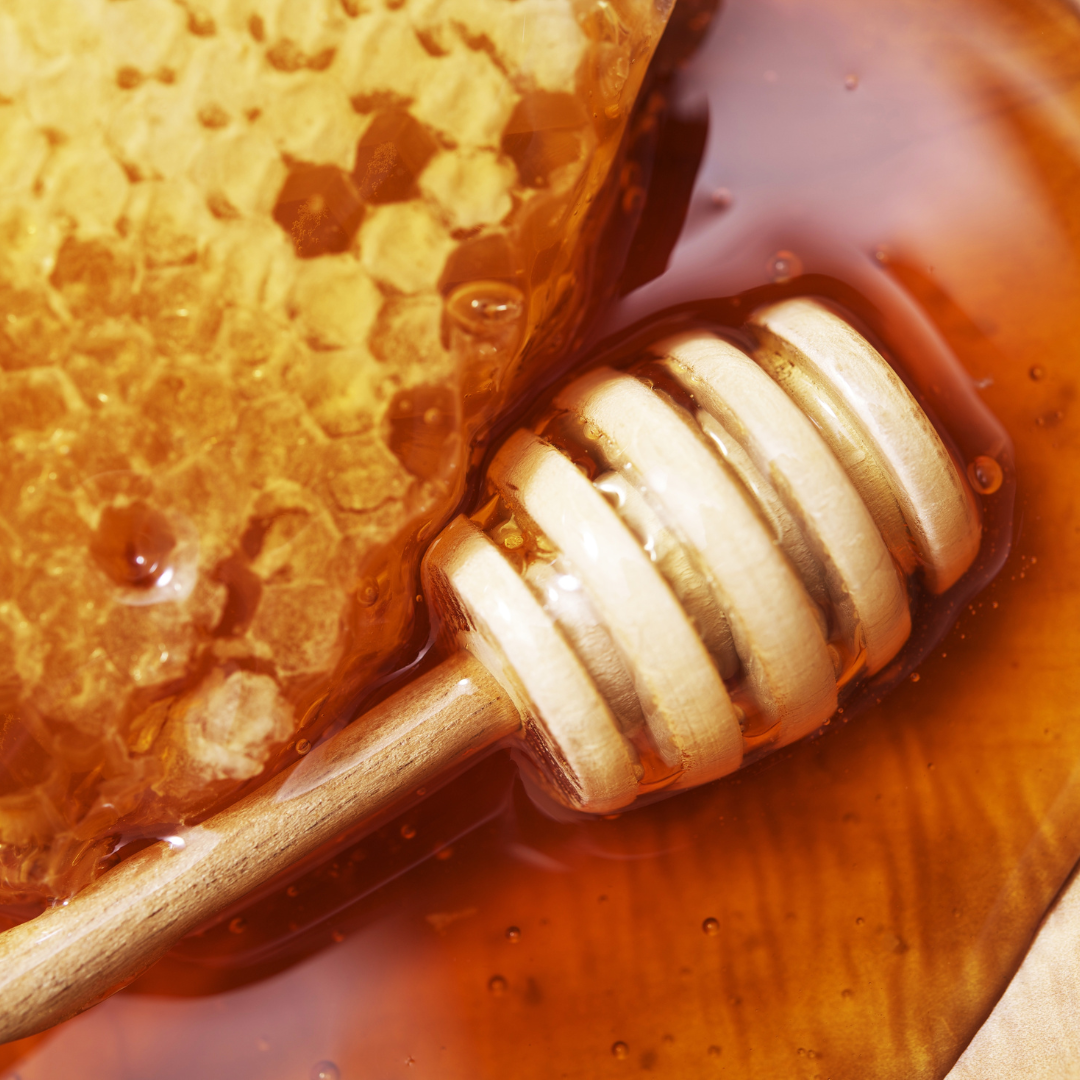

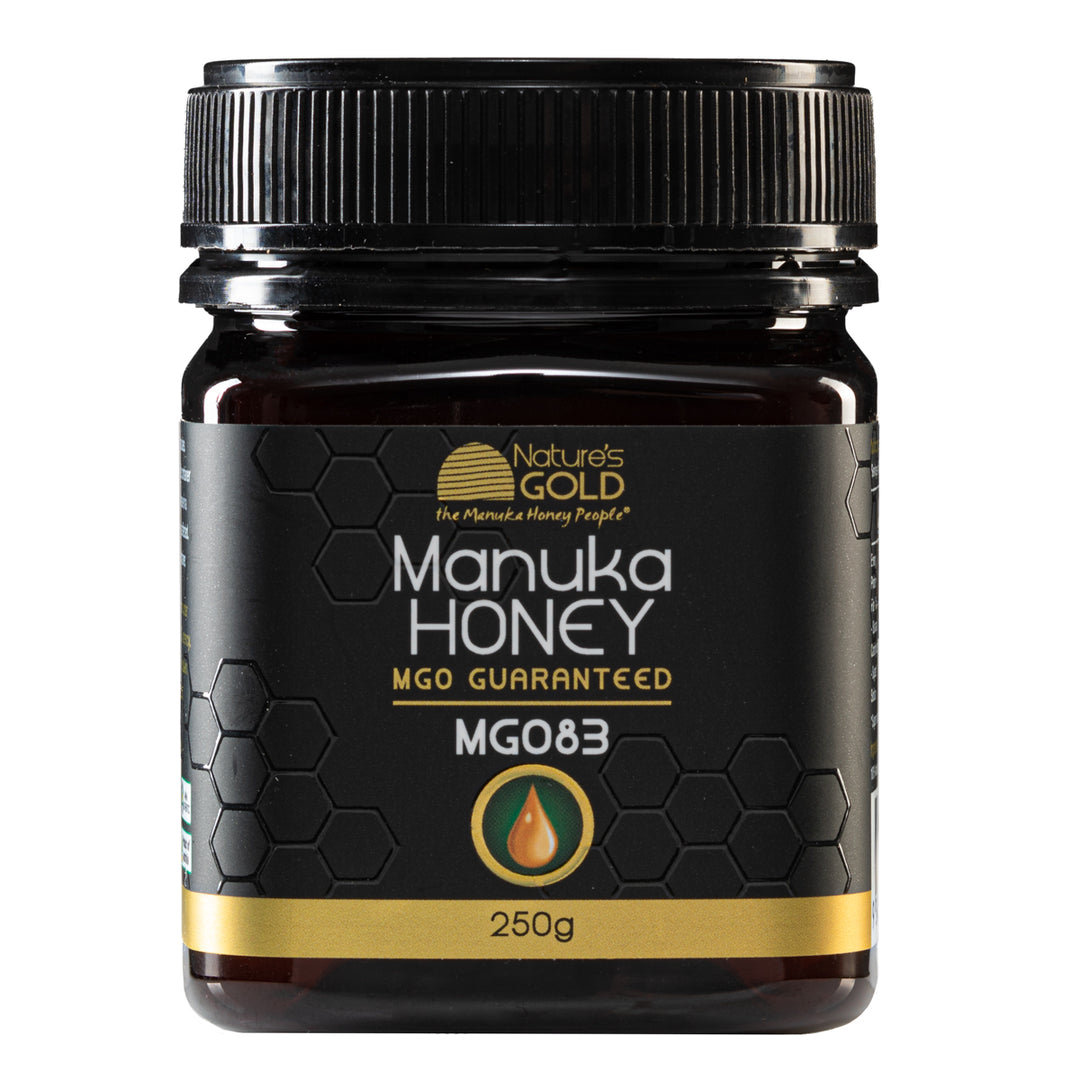
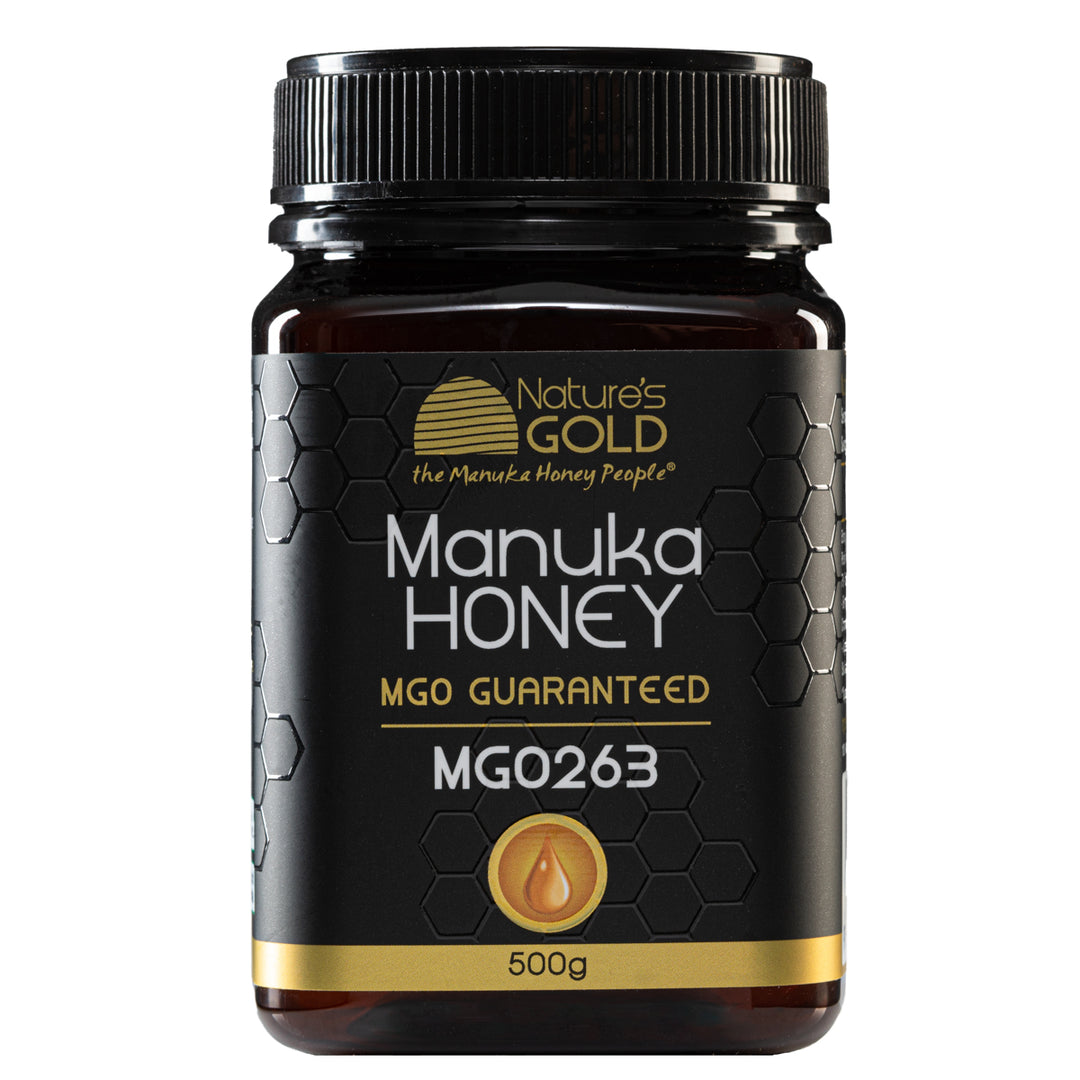
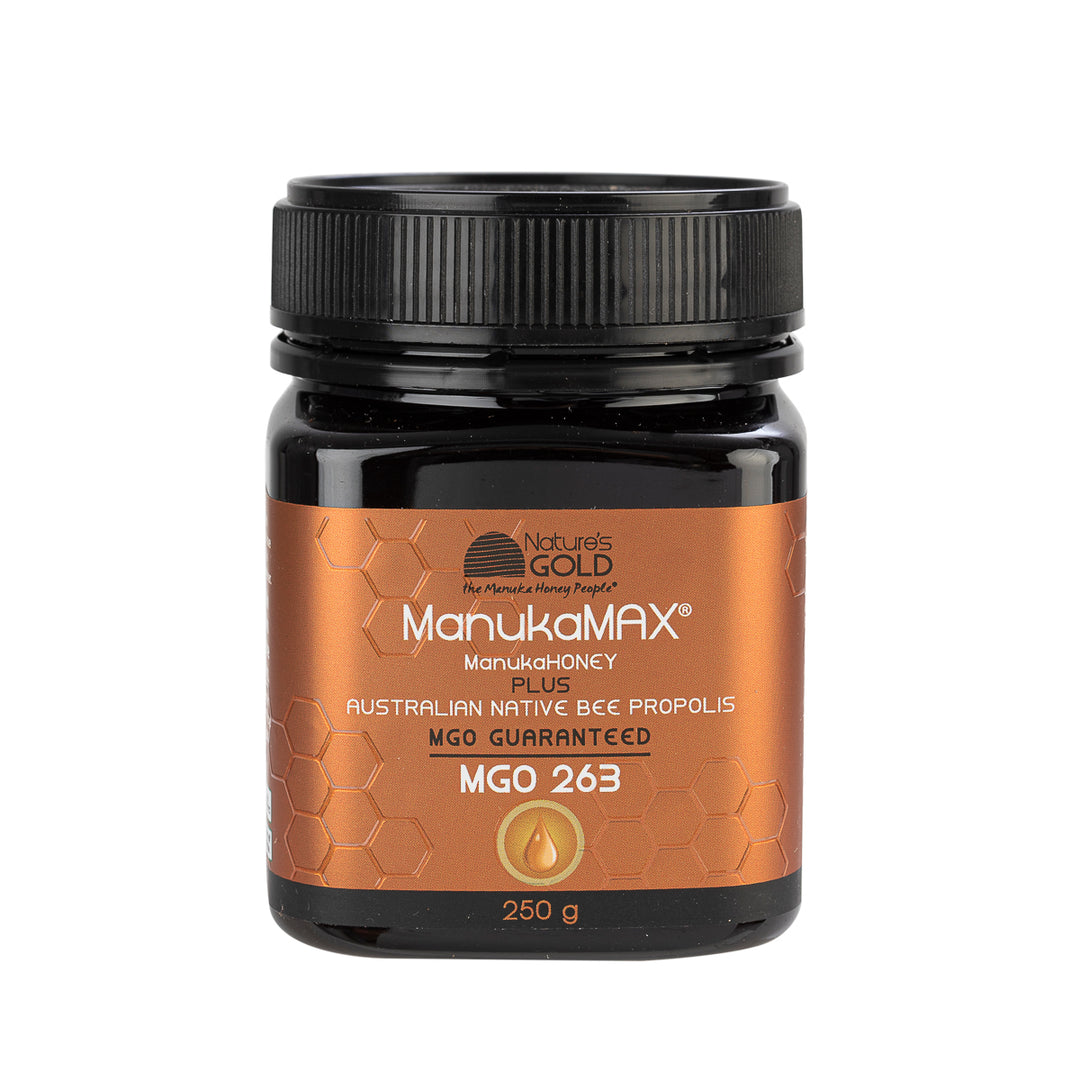
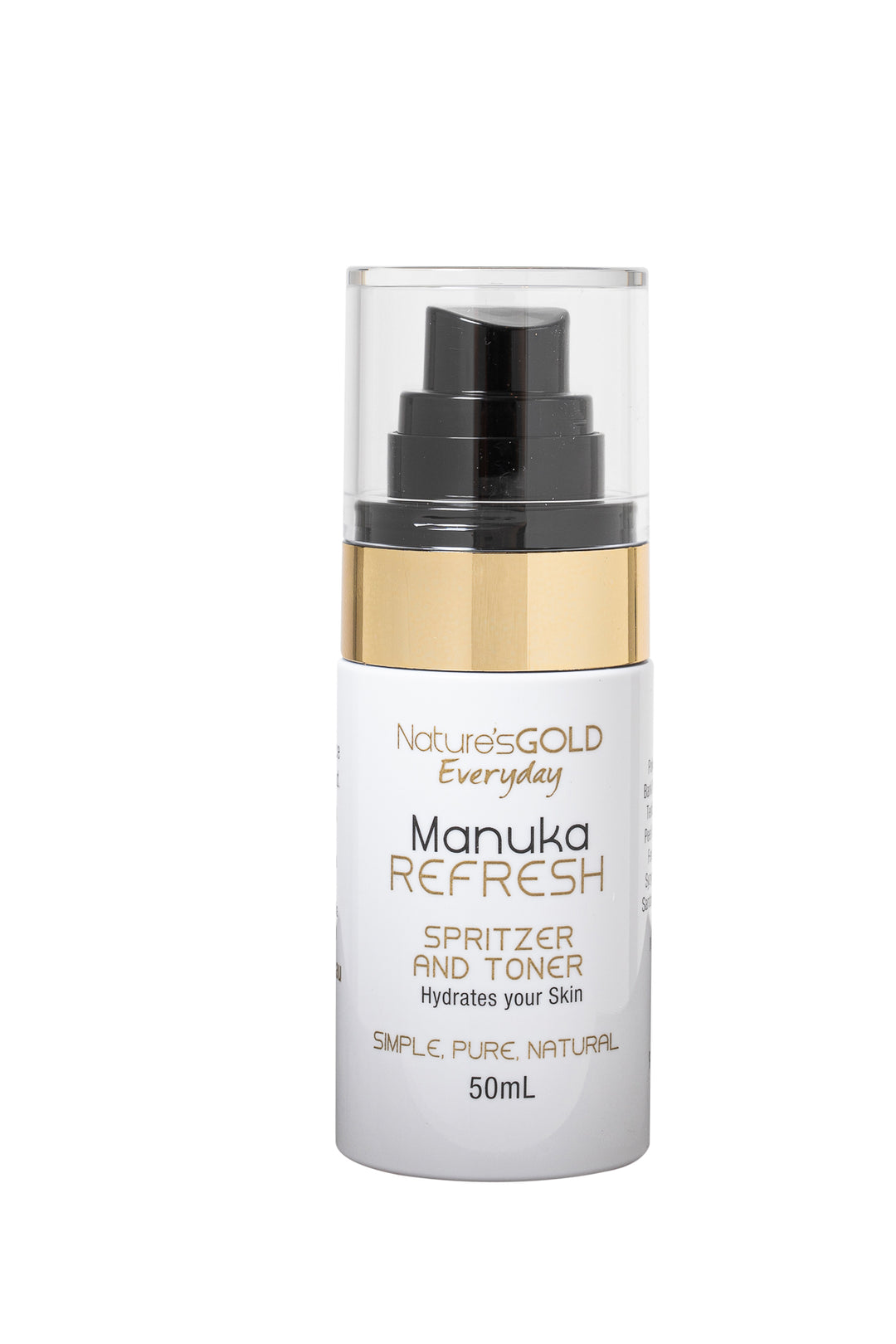
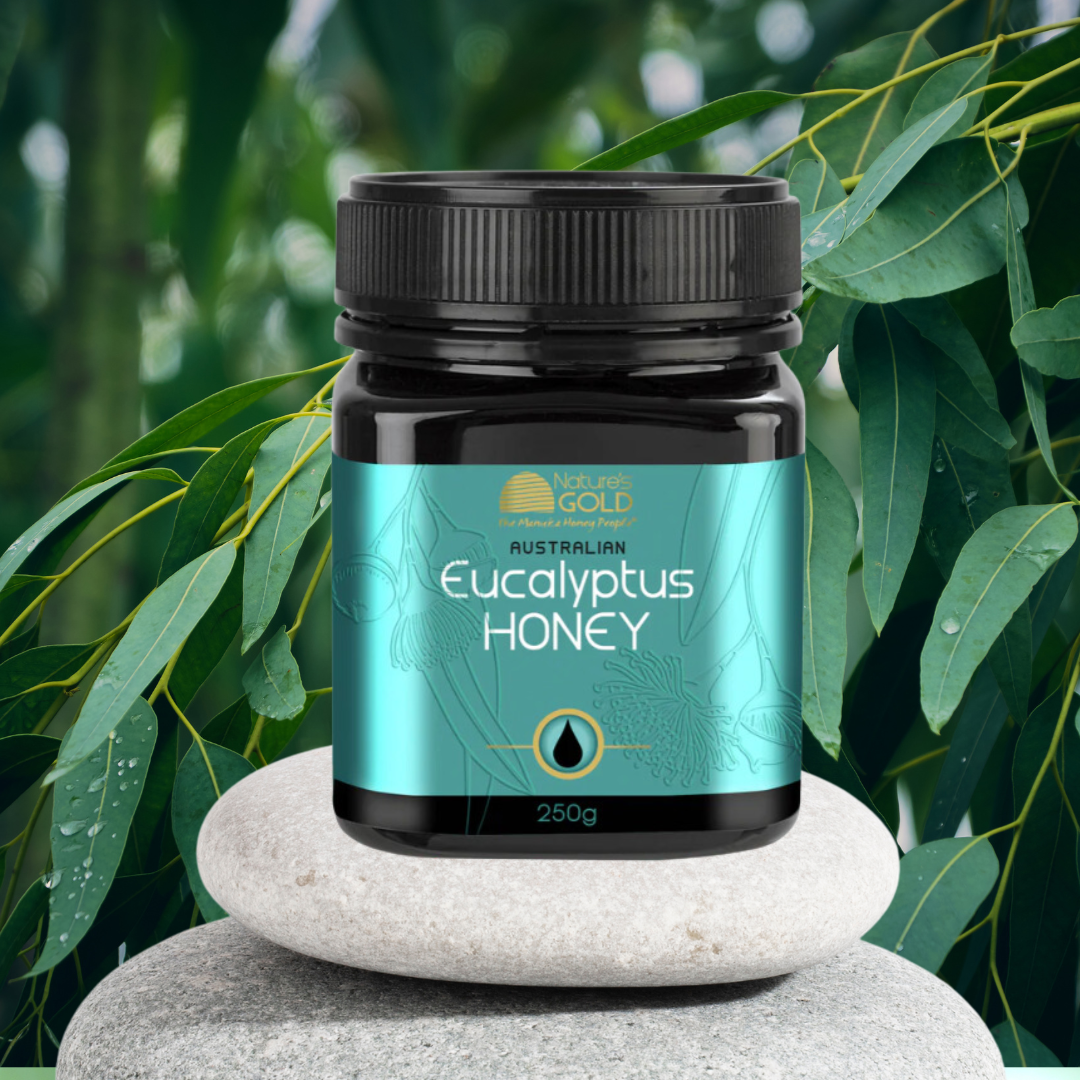


Leave a comment